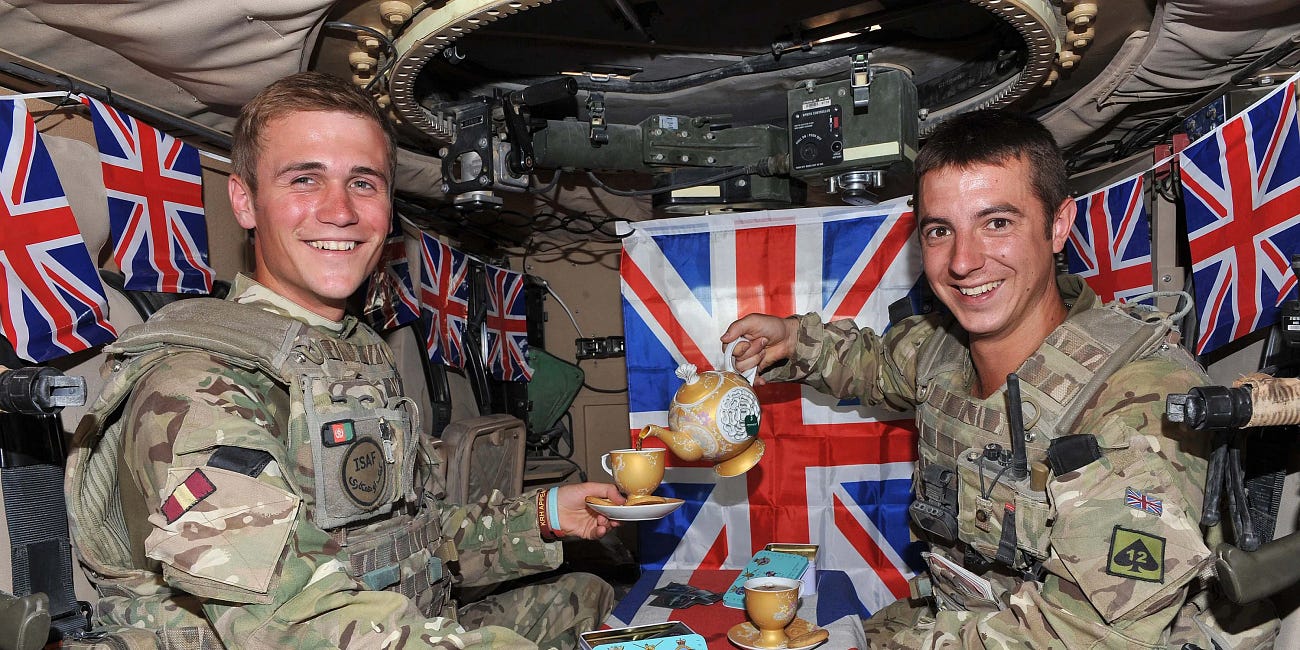
by MATTHEW GAULT
Trench art is a peculiar artifact of war. Soldiers craft bullets, shrapnel, bones and hair—among other battlefield detritus—into reminders of past battles.
But they’re more than just reminders. Many of the objects are as utilitarian as they are beautiful.
Trenches defined World War I … and its art. In trench warfare, a battle could last for months as both sides fought bitterly over each earthen fortification. Soldiers passed the endless hours by crafting trinkets from, well, anything at hand.
They transformed abandoned shell casings, the backs of dog tags and ruined bits of metal into cups, portraits and dice.
Much of the Great War’s trench art was also functional: pens made from the bullet casings, scrap metal wrought into matchstick tins and broken swords bent into ornate letter openers.
Soldiers weren’t the only trench artists. Civilians scavenged debris from battlefields and molded it into toys for their children and tools for their homes and farms.
The practice continued after the war ended. Many villages maintained a steady source of income by crafting left-behind war junk into souvenirs for tourists and nostalgic soldiers.
Though we usually associate trench art with World War I, its origins are older. Prisoners of war created some of the most haunting and intricate trench art as far back as the early 19th century.

The British captured more than 100,000 French soldiers during the Napoleonic Wars. The British housed the prisoners on gigantic hulk ships. Some languished for almost a decade, with plenty of free time on their hands.
Lacking in materials, the prisoners used what they had on hand—bones from their meals, cloth scraps from their clothes and even strands of their own hair.
They also created a prison economy of art. The prisoners traded their works to their guards in exchange for more food and better raw materials for future art. Some prisoners even managed to guild their art in brass or other metals.
The subjects varied from scenes of the captives’ homes to sets of dominoes. The imprisoned artists did repeat one theme over and over—the enemy’s ships.
The prisoners wrought detailed, intricate ships out of bone, hair and scraps of brass. Hundreds of these strange models still exist.
An artist’s environment shapes the artist’s work. These French prisoners lived and died on British prison boats. It’s easy to see why so many of their pieces had a nautical bent. They also played to their audience.
British jailers wanted models of British vessels.

The practice continued into the current era. Troops on long deployments to Afghanistan kept themselves busy making trench art. Some of these soldiers brought their work home with them.
One British military engineer at Camp Bastion in Afghanistan carved several pieces for his family back home. Cpl. Darren Adams transformed spent shells into a bottle opener for his father and a toy train for his young daughter.
A market still exists for trench art. Museums, wealthy private collectors and modest enthusiasts seeks out these strange relics of war. Auction sites such as eBay support the habit. The Thomson Collection at the Art Gallery Ontario in Canada maintains a beautiful assortment of Napoleonic trench art.
Countless Websites and and dozens of books catalog various pieces of the wartime art.
Read more:









I have a small brass container with a peacock carved on the fitted lid from Burma.
The base is a small mortar shell base.